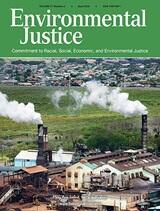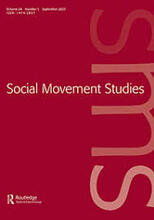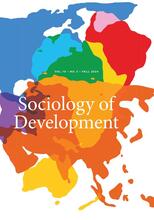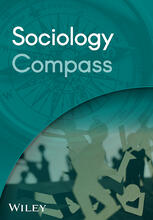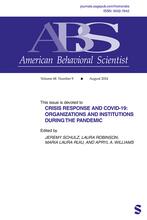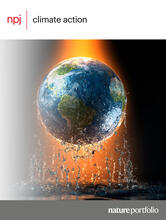Organizational and civic organizing resources provide critical inputs to communities in need. The skills and know-how of climate action tend to be concentrated with scientific experts and in research institutions. In order to reach broader segments of the population in terms of access and participation in climate action, expertise needs to be shared beyond academic and specialized organizational settings. This study examines the correlates of organizational resource sharing via the participation in climate action planning by members of a research university located in a disinvested region – the San Joaquin Valley of California. We consider the organizational, civic engagement, and ideational elements of individual participation in climate action in environmental justice communities with a large-scale census survey. Organizational members with civic capacity experience, environmental identities, and shared lived experience were found to be the most willing to participate in public meetings to address climate change and equity in frontline communities.
Publications by Type: Journal Article
2026
2025
Collective action against extraction tends to occur at the local level at the sites where nearby ecological damage takes place. In Panama in 2023, protests reached a national level against copper mining by a transnational corporation and successfully terminated operations. The protests endured for a month and acted as the largest outpouring of protests in Panamanian history. This study details how a massive campaign against extraction with a successful outcome builds from multi-sectoral alliances attained in previous struggles. The lessons learned from the mobilizations provide strategies for other regions in the search for equitable environmental policies that avoid threatening ecological sustainability.
Research on individual participation in climate action largely focuses on middle class environmental activism around protest events. To better understand the expansion of civic engagement on climate issues, more work needs to be carried out on wider sectors of the population. This study examines the drivers associated with involvement in climate action at the individual level with a survey sample of working-class youth of color. The findings suggest that youth embedded in pro-climate social networks, a history of civic engagement, and an equity belief system increase willingness to participate in several forms of climate action, including climate meetings, demonstrations, and inviting others to participate. For larger climate action initiatives to overcome the barriers of participation, linking to specific pools of sympathy in civil society that value economic equality may provide a mass base of support for policies consistent with just transition perspectives.
Labor has stood as a central actor in the waves of contention against authoritarian forms of pro-market development in the Global South. In this paper, we analyze the local-level conditions that foster the mobilization of labor groups under such contexts. We study how municipal-level repressive and economic threats from authoritarian forms of pro-market development models generate labor protest. We focus on a wave of labor protest in El Salvador. In particular, we examine how subnational counts of labor mobilization events relate to variations in targeted repression and the labor flexibilization associated with transnational production. We use a unique dataset of labor mobilization, forced disappearances, and industrial ownership in El Salvador at the municipal level. More instances of disruptive labor protest emerged in those localities characterized by heightened political persecution and new workplace pressures from manufacturing operations financed by transnational capital. Based on threat models of contention, a more fine-grained approach at the subnational level helps explain how collective resistance builds into a full-blown wave of labor protest in authoritarian capitalist regimes.
2024
Scientific research on the mechanisms to address global warming and its consequences continues to proliferate in the context of an accelerating climate emergency. The concept of climate action includes multiple meanings, and several types of actors employ its use to manage the crisis. The term has evolved to incorporate many of the suggested strategies to combat global warming offered by international bodies, states, nongovernmental organizations, the private sector, and social movements. The present work offers a classification scheme to build a shared understanding of climate action through a lens of environmental justice and just transitions developed by sociologists and others. The classification system includes major institutional and noninstitutional forms of climate action. By identifying the primary forms of climate action, analysts, scholars, policymakers, and activists can better determine levels of success and how different forms of climate action may or may not complement one another in the search for equitable solutions in turning back the rapid heating of the planet.
2023
To make greater strides in reducing city-level greenhouse gas emissions, more collaboration between civil society and local governments is necessary. Participation in local meetings about climate change sets the stage for enduring community involvement in resiliency and mitigation planning. This study examines the correlates of individual interest in attending local climate meetings. The work is based on a random sample of 1,950 registered voters in Fresno, California (the fifth largest city in the state). The findings suggest that those individuals with ties to capacity-building organizations in the labor and community sectors were the most willing to attend local meetings about climate change. The types of civic engagement activities encouraged by labor unions and community-based organizations (CBOs) were also associated with a greater willingness to participate in gatherings about global warming. Increasing public participation in local climate programs may be enhanced by investing in the types of civic organizations that specialize in mobilizing residents to engage in municipal activities.


